Concubines in the past had a terrifying "privilege" that even the main wife did not have.

2 | 0 Discuss | Share
For hundreds of years, archaeologists, historians and architects have been fascinated by this mysterious site. Every tree branch, blade of grass and even the floor tiles in the Forbidden City all have their own stories to tell.
In the early 20th century, an area of the Forbidden City's brick courtyard outside the Thai Hoa Palace was cracked and damaged. Experts dug up the brick courtyard to restore it and at the same time studied the underground structure of the Forbidden City in more detail.
During the inspection and repair process, the team of experts discovered a surprising secret. Specifically, when they lifted the broken layer of tiles on top, they discovered an identical layer of tiles underneath. Repeating this many times, the team of experts counted 15 layers of floor tiles stacked on top of each other.
These layers of bricks were carefully and meticulously laid by the ancients, making the courtyard of the Forbidden City special. After careful study, experts finally understood the purpose of laying up to 15 layers of bricks on the floor of the Forbidden City.
They believe that the reason behind this is related to Emperor Zhu Di of the Ming Dynasty. Specifically, the Forbidden City was the residence of the king, queen, and royal relatives, and was also the place where many important events took place.
According to information on Sohu, although this construction has a high fence and many guards to ensure that no one can break inside, Emperor Zhu Di is still not really assured about his safety.
Therefore, Emperor Zhu Di asked the workers to lay 15 layers of bricks under the palace floor to prevent bad guys from digging tunnels and creating underground passages to break into the palace and harm the king.
The bricks are not simply stacked on top of each other, but are arranged in a special structure so that no two rows are the same, thereby significantly increasing the durability of the ground. If an assassin wanted to break in through the tunnel, it would be very difficult to create a path through this floor.

Experts believe that the 15 layers of tiles stacked on top of each other in a special structure served to protect the safety of the emperor as well as the harem.
For ease of inspection, the emperor also ordered that each floor tile in the Forbidden City be engraved with the name of the person who made and laid it. If anything happened in the future, the emperor and the court would find the person responsible.
Why the floor tiles in the Forbidden City are more expensive than gold
According to Chinese history books and oral tradition, the Forbidden City was paved with extremely valuable "golden bricks". In fact, "golden bricks" is a way of expressing the great value of the bricks used to pave the floors in the Forbidden City. It is known that these bricks are traditional Chinese handicrafts and were classified as national cultural heritage in June 2008.
Artisans or people knowledgeable about materials in feudal times always considered the floor tiles in the Forbidden City to be more valuable than gold. The reason is that the process of creating a tile lasts 720 days with many complicated stages and requires skilled workers.
The soil used to make bricks must go through seven stages, including digging, transporting, drying, pounding, mixing, grinding and sifting. Notably, the floor tiles in the Forbidden City are made from a type of clay found only in Luc Mo village (Suzhou).
After drying the clay for a year to remove impurities, the workers will remove all air bubbles to create a solid lump of clay. Next, they put the clay into a mold and dry the clay for 7 months before putting it in the kiln.
During the 40-day firing process, the workers use straw and rice husks to fuel the kiln because this method can help remove moisture from the soil. After being fired, the bricks are soaked in rice husk oil to have a shiny and smooth surface.
The brick inspection process is also very strict. If there are 6 bricks in a batch that do not meet the standards, such as when tapped, they make the sound of gold bars, then the entire batch of bricks is considered waste and must be remade.
A batch of "golden bricks" used to pave the Forbidden City's floor takes about 2 years to complete, so the amount of bricks produced is limited. The preservation and transportation of bricks are taken very seriously and strictly to ensure that there is no loss or exchange of fake or poor quality bricks.

Close-up of the "golden brick" flooring in the Forbidden City.
The "golden bricks" in the Forbidden City are very thick and have high water absorption capacity, so they are very cool in the summer. If you place fruit on the bricks, the temperature will decrease very quickly, making them tastier and cooler. Thanks to the use of this type of brick, the Forbidden City is described in history books as "warm in winter and cool in summer".
The type of bricks used for the Forbidden City were solid bricks, without any gaps inside like regular bricks. When tapped, they made a sound like gold or precious stones, so they were very popular with Ming Chengzu (the third Emperor of the Ming Dynasty).
Because this type of brick was produced to build the capital, and the words "kinh" and "kim" (meaning gold) have similar pronunciations, people often call this type of brick "Kim Chuyen" (or gold brick).
Although not made of gold, the process of creating floor tiles in the Forbidden City is actually very complicated, requiring more time than normal products. Therefore, in ancient times, among the Chinese people, there was a saying "one tael of gold, one brick" to describe this expensive building material.
Notably, only the Taihe Palace, Zhonghe Palace, Baohe Palace, and the three eastern, central, and western streets in the Forbidden City were paved with "golden bricks." The surfaces of these bricks were engraved with the seal of the Suzhou government and clearly marked with the era names of the Yongle, Zhengde, and Qianlong dynasties.
The Forbidden City, also known as the Imperial Palace, is located in the heart of Beijing, China. In 1402, after conquering Nanjing and ascending the throne, the Chinese emperor Yongle moved the capital to Beijing and ordered the construction of a city for the "son of heaven" - a residence for emperors from different dynasties. Millions of workers worked for 14 years to build this structure to demonstrate his power. In 1421, the emperor took up residence in the palace complex and made Beijing the new capital of China. A total of 24 Chinese emperors resided in the Forbidden City from the mid-Ming Dynasty to the end of the Qing Dynasty.
The Forbidden City covers 720,000 square meters with more than 800 large and small palaces with different functions, some palaces are the emperor's workplace, some palaces are the residence of concubines in the harem. This complex has nearly 10,000 rooms but the original design did not have toilets.
The Forbidden City is considered a monumental structure. For a long time, the Forbidden City remained a mystery as to how the Chinese managed to build this giant city. According to analysis from archaeologists, the Forbidden City was built from marble slabs weighing up to 200-300 tons. These blocks were transported to Beijing from a place 70km away. To transport, each block required 50 strong men to move for 28 days non-stop. Recently, scientists have suggested that these slabs may have been transported on ice roads by flooding the roads during the long and cold winter with a thin layer of water.
Despite being over 600 years old and having experienced over 200 earthquakes, the Forbidden City remains unaffected. Archaeologists analyzed the architecture of the Forbidden City, then built a model and tested a simulation of an earthquake measuring up to 10.1 on the Richter scale. Although the earthquake was very strong and the vibration amplitude of the model was large, causing the bricks of the Forbidden City to collapse, the frame remained very sturdy.
Flocks of crows regularly fly back to the Forbidden City at midnight, signaling a creepy spiritual event. 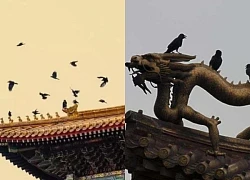 Thảo Mai15:52:10 19/01/2025The Forbidden City's inner palace has always been a subject of curiosity. Many people wonder about the flocks of crows flying from the northwest every morning, even when there is no one around.
Thảo Mai15:52:10 19/01/2025The Forbidden City's inner palace has always been a subject of curiosity. Many people wonder about the flocks of crows flying from the northwest every morning, even when there is no one around.

2 | 0 Discuss | Share
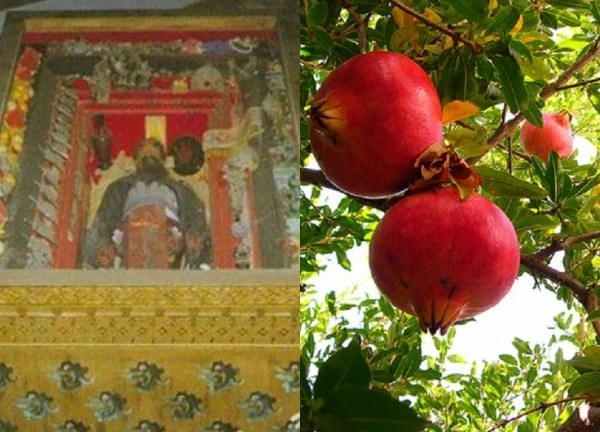
5 | 0 Discuss | Share
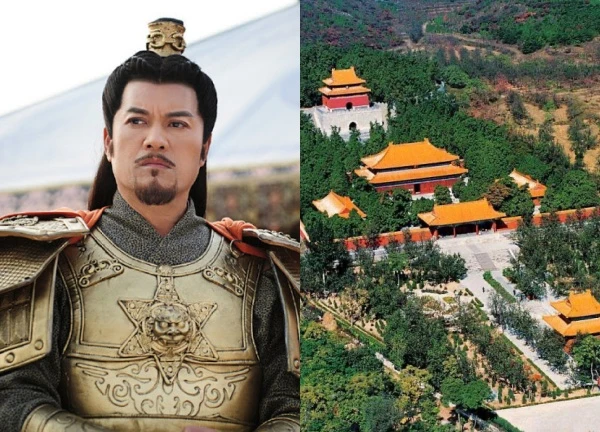
4 | 0 Discuss | Share
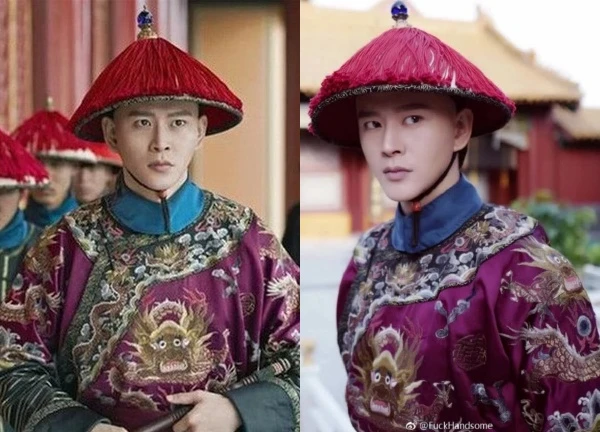
1 | 0 Discuss | Share
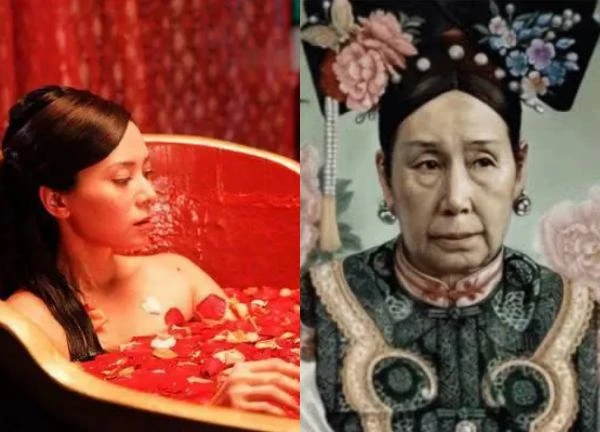
2 | 1 Discuss | Share
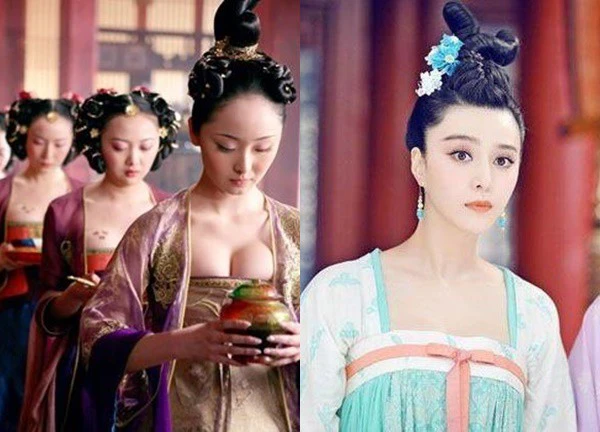
2 | 1 Discuss | Share
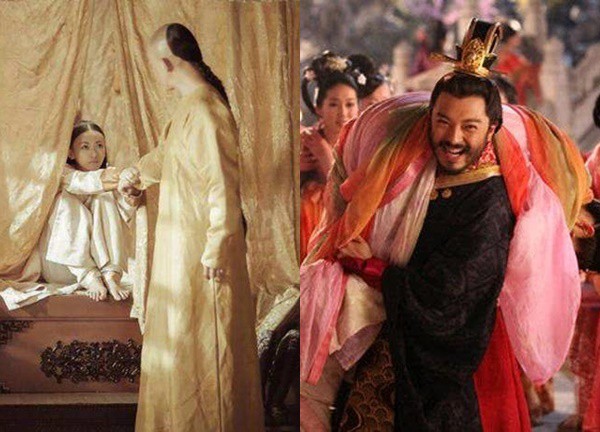
3 | 1 Discuss | Share
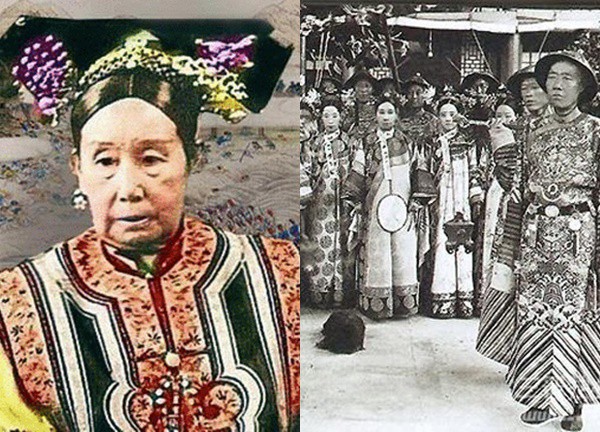
7 | 1 Discuss | Share
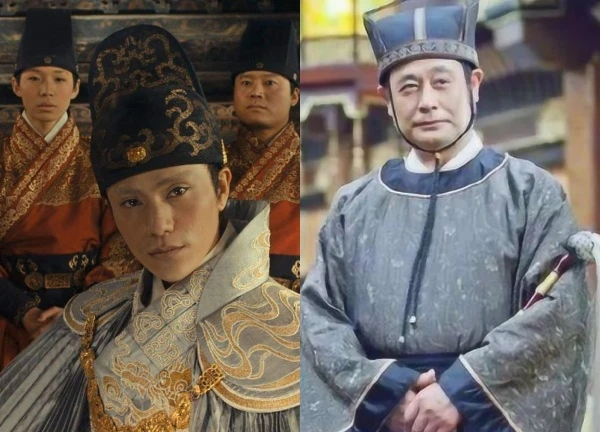
4 | 0 Discuss | Share
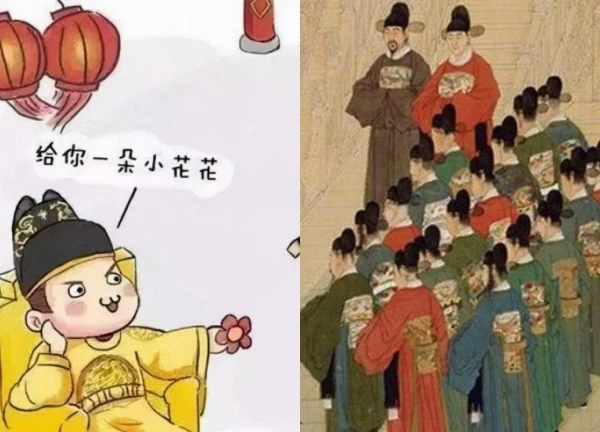
1 | 0 Discuss | Share
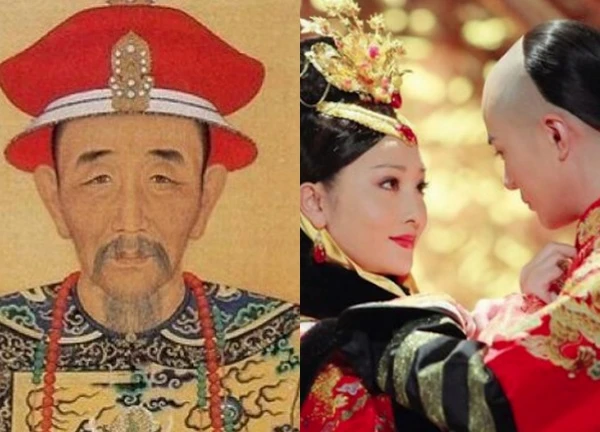
4 | 0 Discuss | Share
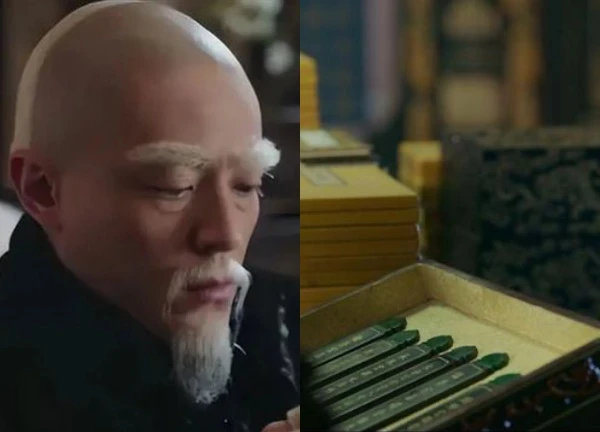
1 | 0 Discuss | Share







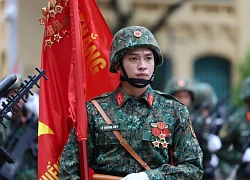


2 | 0 Discuss | Report